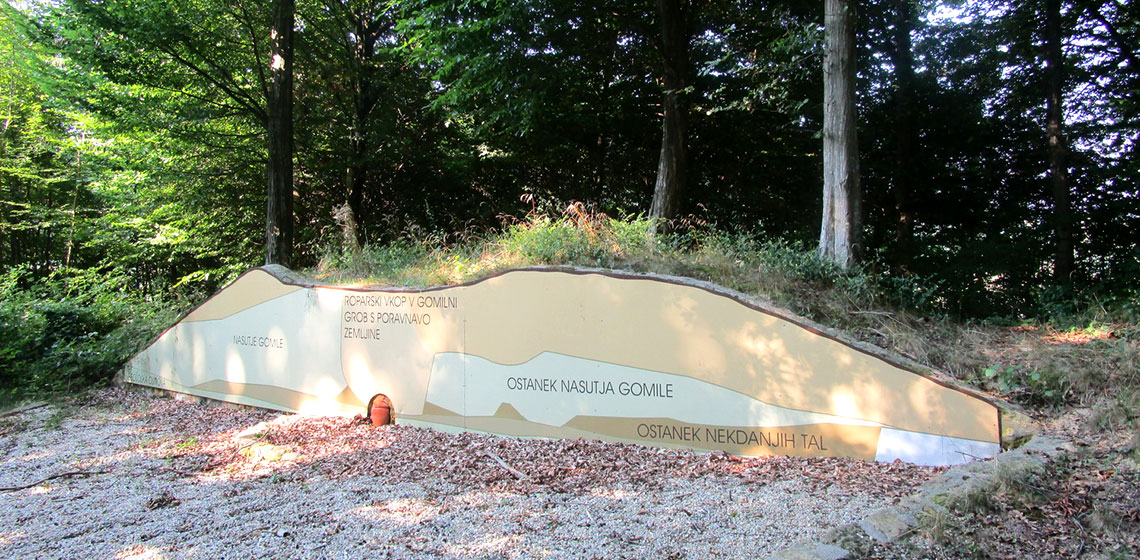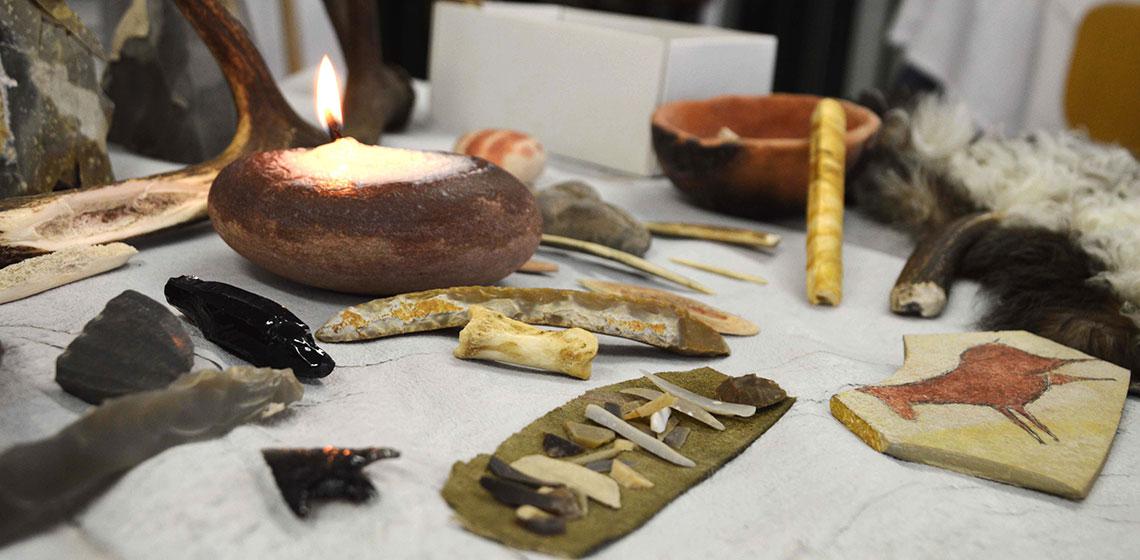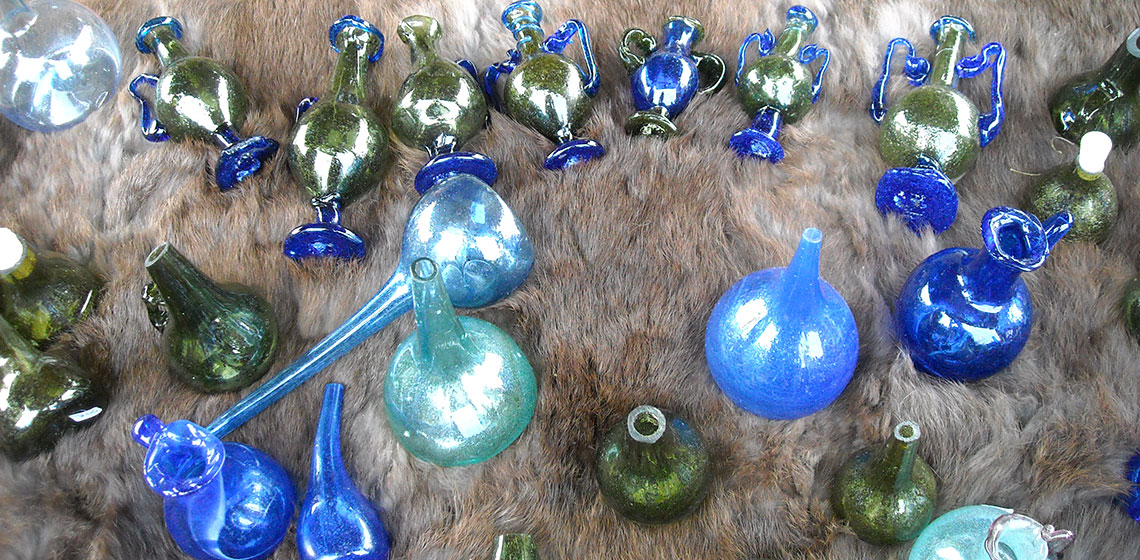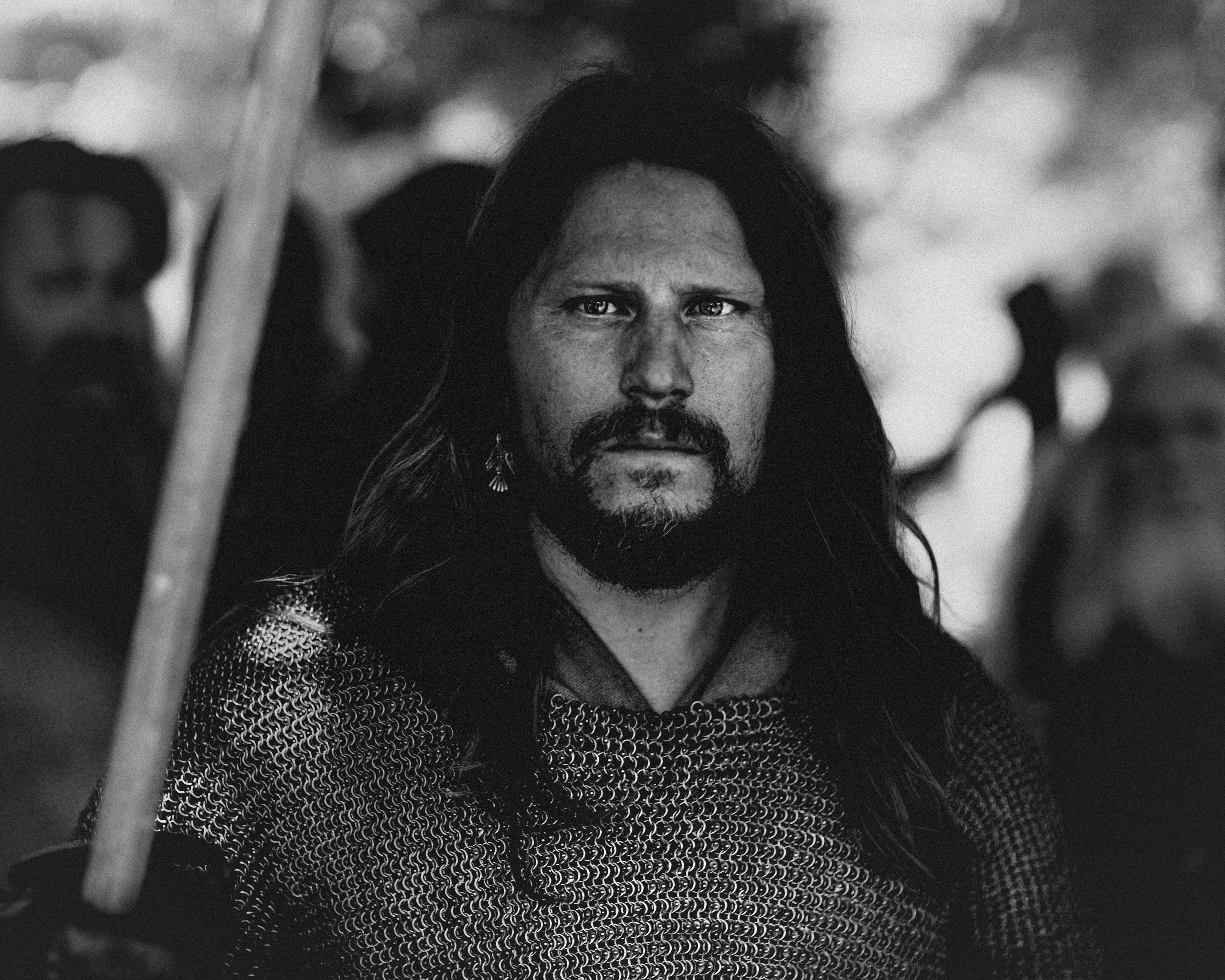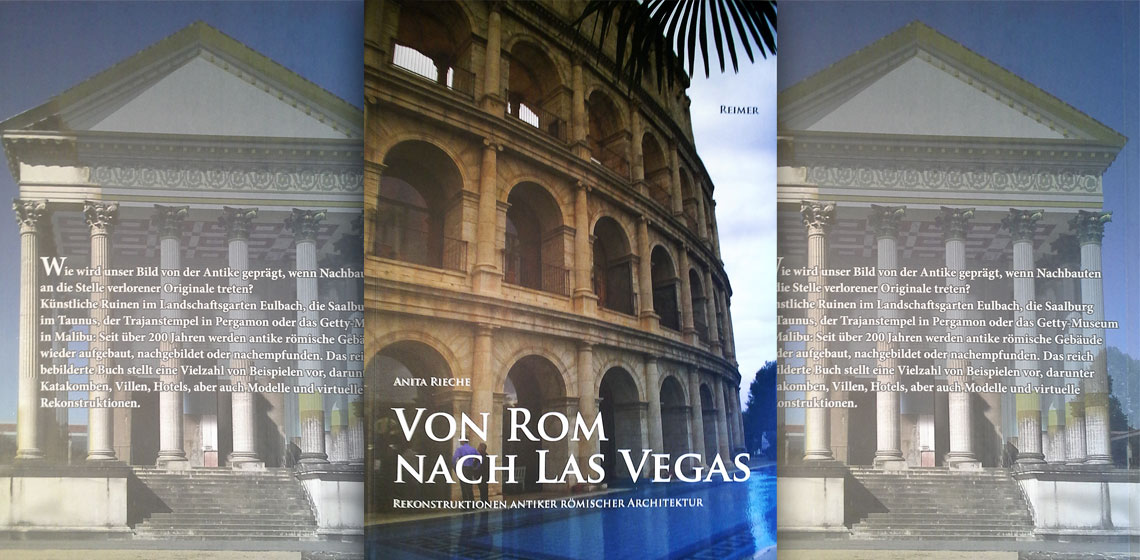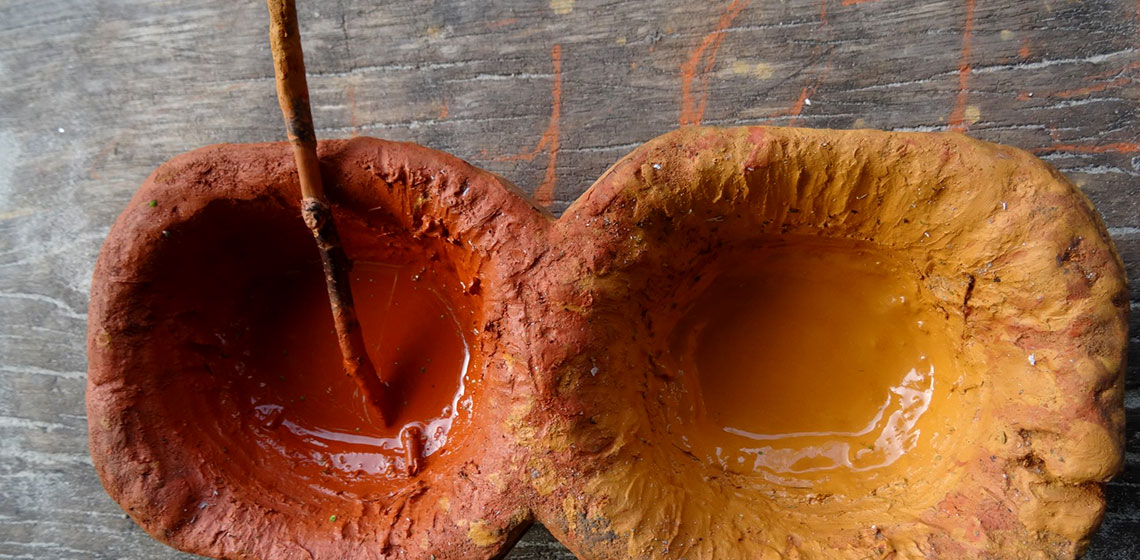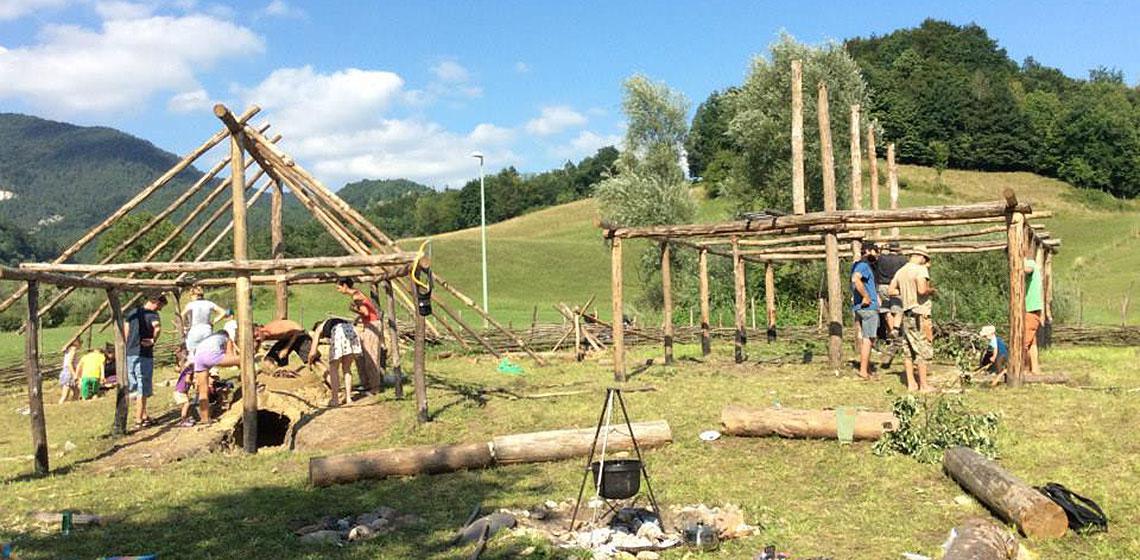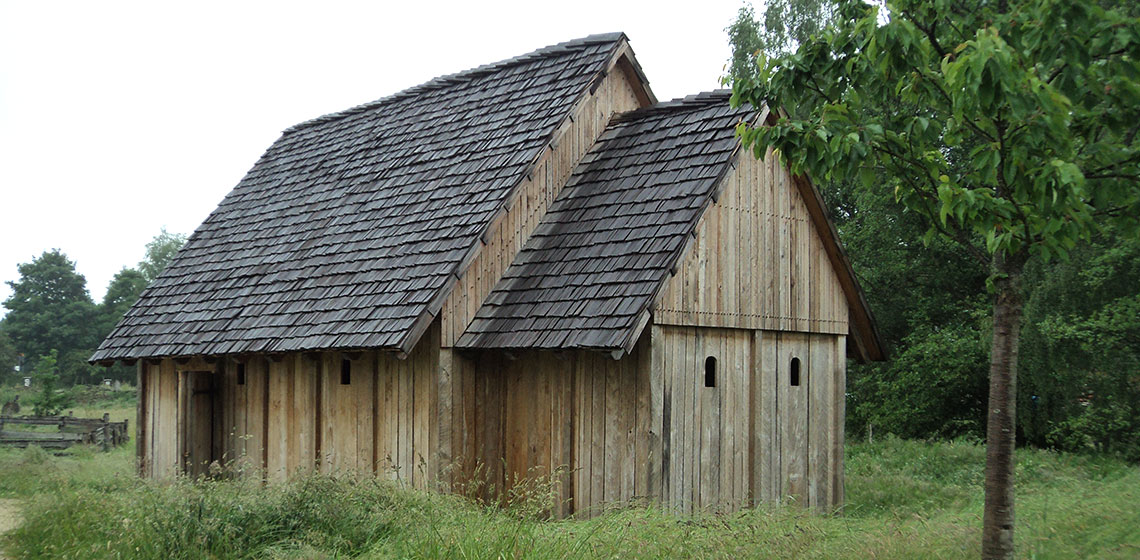Roman Era
Experimental Archaeology Laboratory UAM (ES)
Official Goal of our organisation is teaching and research in Prehistory and Archaeology by using experimental methodologies.
Official Goal of our organisation is teaching and research in Prehistory and Archaeology by using experimental methodologies.
The Role of Saltmarsh Plants in Iron Age and Roman Salt Production in the Thames Estuary, UK
Problems and Suggested Solutions in the Replication and Operation of a Glass Furnace based on Roman Remains: an Experiment in Glass Production
Part of the reorganisation of the archaeological open-air area at Asparn are plans for a remaking of the Iron Age workshop area. The construction of an Iron Age smithy and a glass production furnace are also being planned. As is widely known ‘glass can be made out of quartz sand, potash and lime’. But is it as easy as that? It is therefore legitimate to discuss here the experimental efforts involved in its production.
Jaap Hogendoorn
Jaap Hogendoorn, Springlevend Verleden (Alive and kicking past)
Organiser, producer, storyteller, craftsman, builder, fighter.
Book Review: Recent Publications: Experimental Archaeology in the November 2015 Issue of the Cambridge Archaeological Journal (Volume 25, Issue 4)
Book Review: From Rome to Las Vegas. Reconstructions of Ancient Roman Architecture by Anita Rieche
Tangible and Intangible Knowledge: the Unique Contribution of Archaeological Open-Air Museums
***Over the years my personal research interests have focussed on the less tangible elements of the past, such as gender issues, perishable material culture, and the sensory worlds of the past, but all of these have been underpinned by a longstanding appreciation of the role experimental archaeology can play as...
Skupina STIK (SI)
Skupina STIK is a group of archaeologists that created a centre for experiential archaeology, called ARHEOFAKT. The centre represents a department within the cover research institute and is involved in reconstructions and presentations of life in the past. Our mission is the popularisation of experimential archaeology and archaeology in general.
Skupina STIK is a group of archaeologists that created a centre for experiential archaeology, called ARHEOFAKT. The centre represents a department within the cover research institute and is involved in...

